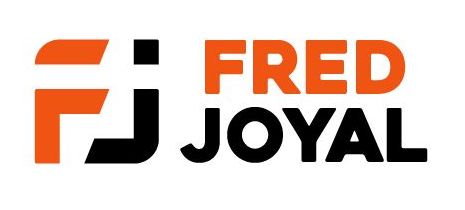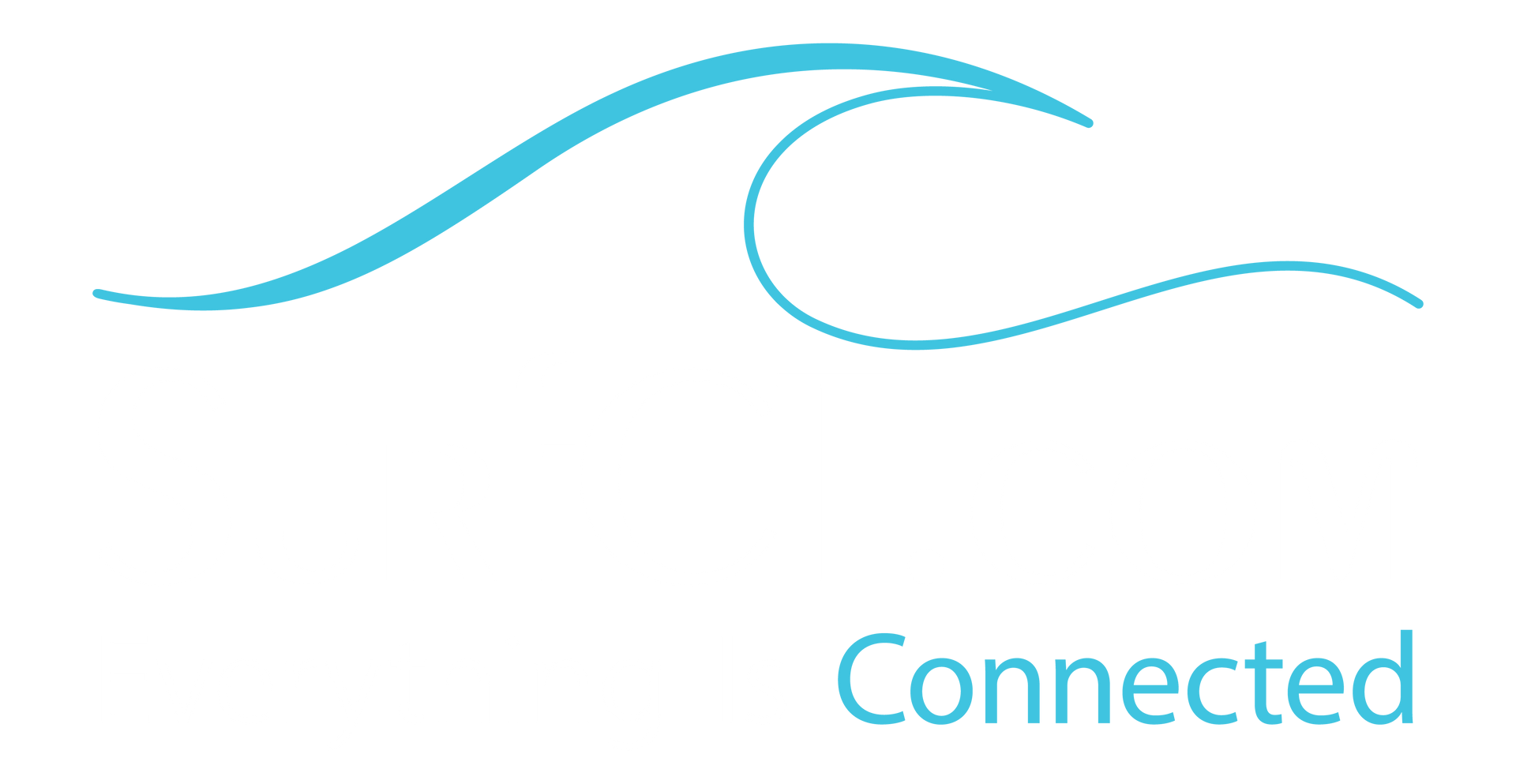BLOG
It’s not a simple answer. There are several problems with how most dental implant marketing works. I’m sure many of you have experienced this and have spent tens and maybe hundreds of thousands of dollars trying to find a sustainable solution, particularly in attracting full-arch cases. There are many factors along the way that shrink what’s called the Marketing Funnel. Simply put, that’s all the constraints that reduce the number of patient leads your advertising generates until you finally have a paying patient. I’m going to go through the key challenges, and then explain what could work and why. 1. The Practice Takes All the Risk With virtually all implant marketing programs, you pay, and they promise a certain result. Or worse, they don’t promise anything except to do their best to attract cases. But most of the time they are not getting you patients. They are getting you leads, which is to say, potential patients that you have to then sell your dentistry to. Leads can vary widely in quality. There are few terms more vague than “a qualified lead.” And by no means does that translate to accepted, financed cases. Some programs will even “guarantee” results or your money back. Read the fine print on these. This is where they narrowly define what is a successful result, and often it could be as worthless as an email address or a form that’s been filled out online. You have to do all the selling yourself. But they met their guarantee. Try and find any dentist who got his money back on one of these deals. I’ve never met one. The reason for that is it’s not a viable business model for a marketing agency. Too much is out of their control for them to guarantee anything close to a real patient who accepts treatment. There are many factors along the way that shrink what’s called the Marketing Funnel. Simply put, that’s all the constraints that reduce the number of patient leads your advertising generates until you finally have a paying patient. 2. Your Front Desk is the First point of Contact First of all, practices are only answering the phone, at the most, forty hours a week. Usually less. Second, that person is multitasking, and is often not trained to convert potential patients into appointments. Often the call goes to voicemail. Finally, if the contact is an email form, it could be hours before you get back to the patient. Days, even. Meanwhile, people are doing their research at all hours of the day, and if they don’t get a fairly immediate response, they keep looking. This means by the time you get back to them, they may have found another practice. The funnel shrinks. 3. Your Success Depends on Your Case Presentation Skills Advertising only begins the process. Your website might continue that process if it is extremely well done, but once you get the patient in the office, it’s up to you to convince the patient to accept treatment. If you’re great at case presentation you might convince 30% of patients to accept. And the bigger the case, the lower your percentage will be. For full mouth restorations, it’s not uncommon to have to present to as many as ten patients to get one or two to accept. And then they have to pay, which is the next problem. 4. Financing Approval Rates Have Plummeted FICO score requirements have gone up at the same time as many people’s scores have gone down. And the interest rates that are charged now send that monthly payment sky-high, beyond the reach of 90% of patients. And that’s not likely to change significantly in the coming years. This adds a complication, because you can’t start the presentation with, “So, how much extra money do you have?” or “How’s your credit?” Very often prejudging what people can afford is a mistake, and so you need to present to several patients to get an accepted case. And so the funnel tightens. 5. Marketing Agencies Can’t Track True Success The real success of advertising is if it attracts a sufficient patient number of patients who accept the treatment and can afford it. Agencies don’t have access to this information unless you give it to them, and very often they can’t trace it back to the exact media source. The ideal for agencies would be to know with a high degree of accuracy which messages, media channels and placement schedules are creating the most qualified patients. They cannot do this without having some access to your production or your PMS. So, they measure website traffic, clicks, and forms. And you look at your production and see if it went up. This is called hoping for the best. In the worst-case scenario, they attract no viable patients. In the second worst, they attract a lot of bodies but very few accept. This sucks up a significant amount of time for you and your team, starting at the front desk, for a low net result. But either way, you’re paying for the advertising. 6. Agencies Need Lots of Clients Virtually no agency can afford to give you exclusivity in your area. Most of them won’t even discuss the possibility. They’ll put five clients in the same zip code if they can, because that’s their business model. In most cities, if they did offer exclusivity, your media budget would have to be huge. Also, they make money by keeping a percentage of your media budget for themselves. This means typically only 80% of your budget is going to running ads. If they’re really good at what they do, they can justify the difference. But if they have multiple clients in your area, then results have to diminish. There are only so many potential patients in any given month. The fact is they’re put in a position where they are bidding on the same keywords for you as their other five clients. Or using the same message. Which leads to the next problem. 7. Nothing Makes You Unique You may have noticed that everyone is advertising essentially the same message to attract implant cases. It’s a free initial consultation and some kind of discount. What does make you unique is what your patients say about you online (as well as the patient experience in your office) but that assumes the advertising can get them to read those reviews. 8. You Can’t Do This Yourself Advertising is the fastest-moving target out there. Sometimes Instagram will change the algorithm in the middle of the month and your ad disappears. Also, Google keyword bidding requires almost daily attention, and effective SEO on your website is a constant challenge as well. People who do this for a living are challenged by it. How could you possibly do it yourself, or have a team member do it part-time? 9. You’re Not Doing the Math I often hear dentists say things like, “I make at least $10,000 in profit on a full mouth reconstruction.” I then ask them how much time they spend doing case presentations on patients that don’t accept, and how much they get paid for those. (They reluctantly say “Nothing.”) The fact is, every minute you don’t have an instrument in your hand you’re not making money. If you need to present ten full mouth cases to get one, you’ve got 10 to 12 hours that you worked for free for that $10,000 in profit. Suddenly that ROI is not so high, once you add in the monthly marketing spend. So, What Can You Do? Don’t get me wrong. It’s not the marketing agencies’ fault. Most of them are hardworking and reputable. But some of them don’t know what they’re doing, and there are a few that are totally disreputable. And others that are good at selling themselves but not so good at selling you. And no matter how good they are, they can only be so successful without end-to-end tracking of the results of their campaigns. However, you will need an agency of some kind. Choosing an agency is hard. Here’s one red flag: a two-year contract. It only takes 90 days to know if they’re successful, and if they are then they should be month-to-month thereafter. Find one that wants the production data from you, ideally digitally so they can perfect their strategy on an ongoing basis. And one that's completely transparent about what they're measuring. What exactly are they promising? How are they defining success? You don’t want a flood of patients contacting you that are the wrong fit for your practice. Your ROI depends not just on how many patients accept, but how many didn’t that you had to have an appointment with and present to. Once you choose an agency, here is what I recommend you do on your side: 1. Have realistic expectations. It’s competitive out there. 2. Have a robust, content-rich website. This is where a lot of decisions are made by the patient before they even come in. 3. Accumulate patient testimonial videos. This is the most versatile marketing tool there is, for both you and for your marketing agency. You don’t need a lot of them. You need good ones. Five or ten will make a huge difference. 4. Create a remarkable patient experience. Read my book Becoming Remarkable if you don’t know how to do that. 5. Give as much tracking information on production as possible to your agency. 6. Sharpen your presentation skills. 7. Do the math. 8. Have a coach like one from Fortune Management that can help you with all of this. Finally, there is only one company I know, Renew Corp. , that solves every step of the marketing funnel, but they have limited availability. But they’re the best marketing solution I’ve ever seen. If you’re lucky, they’re available in your area.
Fred Joyal's Superbold Podcast interviewing Tucker Max
Superbold Podcast #2 features bestselling author Jay Samit
Fred Joyal interviews Chris Voss on Superbold Podcast #3
Superbold Podcast featuring Alan Stein Jr. Episode 4
The Superbold Podcast featuring Dr. Mark Goulston
Recommended Resources
TruBlu Dental Network
The most comprehensive resource for dentists, including HR services, discount plans, insurance negotiations and more
OraCare
Dentist provided, this oral rinse is a two-stage, non-alcoholic product with profound effects on soft tissue, dry mouth and breath
Pearly
The latest and best dental membership program, cloud-based, detailed and providing a steady practice revenue
Prosperident
The best resource for dealing with dental embezzlement as well as preventing it


